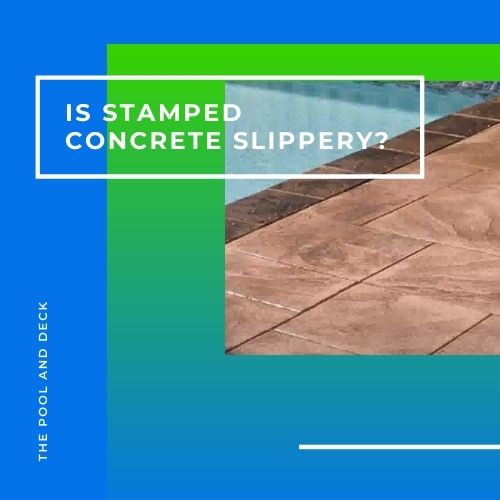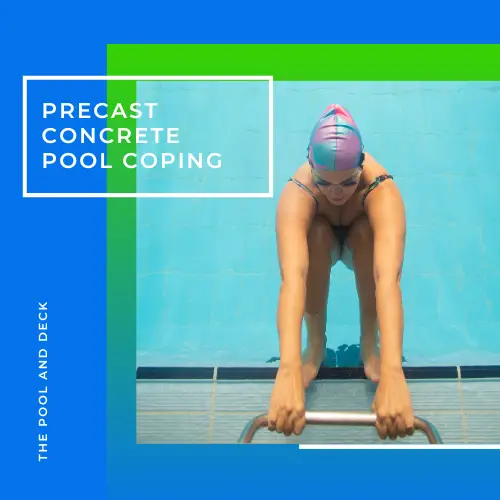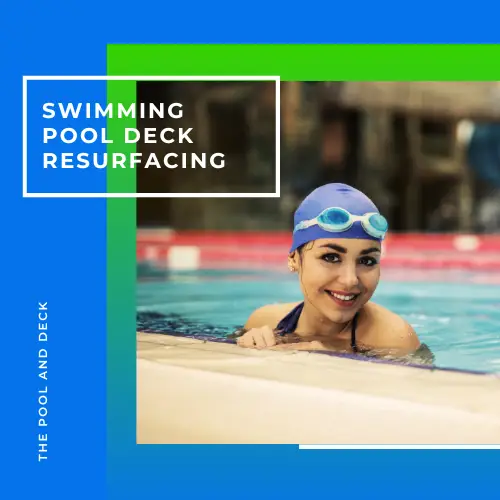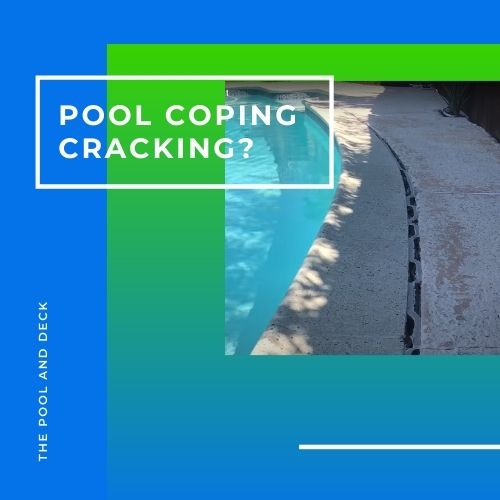Cantilever Concrete Pool Deck Benefits: A Complete Guide!
Table of Contents
What Is a Cantilever Concrete Pool Deck?
You must be super excited! After all, you have just made the fantastic decision to have an in-ground pool installed in your backyard. You know that you will have tons of fun in and around this pool. But for now, you need to figure out a lot of stuff, such as, what is a cantilever concrete deck?
A cantilever concrete pool deck is designed and constructed such that the deck concrete extends over the edge of the pool, creating a lip or an overhang. The cantilevered portion of the deck is unsupported and projects outward, giving the appearance of floating above the water.
The cantilever concrete pool deck is very popular as it has a sleek, modern look and complements the pool design. Concrete is an affordable, durable and low maintenance building material that is perfect for pool decks.
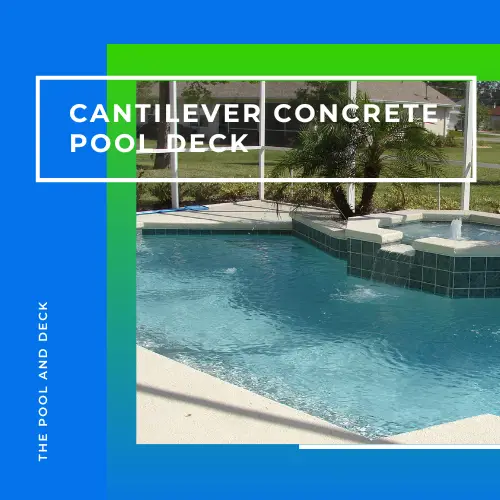
The cantilever design creates a seamless transition between the pool and patio area. The lip over the pool eliminates the need for separate coping stones. The cantilever concrete pool deck allows you to use the space around the pool most effectively.
You can customize a cantilever concrete pool deck to your design needs and to complement your home and landscape. The concrete can be stained, stamped, or colored to create a unique look that perfectly matches your style.
Now a cantilever concrete pool deck extends horizontally over the pool and is not supported at that end. However, it still needs to withstand its own weight as well as the weight of the people walking on it.
The cantilever design is made possible by pouring the concrete mix into cantilever deck forms.
What Are Cantilever Deck Forms?
The cantilever deck forms support the concrete as it is poured on the area above the pool. The form is typically made of sturdy materials, such as plywood or steel, and must be strong enough to hold the weight of the wet concrete and resist any lateral forces, such as wind or earthquakes, that may occur during the pouring process.
The cantilever deck form must be carefully constructed and positioned to ensure that the overhang portion of the deck will have the correct slope, thickness, and dimensions. The form must also be properly secured to prevent it from moving or shifting during the pouring process.
Stegmeier’s Cantilever forms are foam forms that attach to the tile on gunite pools and secured with double face tape and tie wires. Set up time is minimal (usually the morning of the pour) and they may be removed early while the concrete is still wet enough to “slick finish” with a foam profile edging tool.
STEGMEIER
Once the form is in place, the concrete is poured into it, filling the form to the desired thickness. The concrete is carefully leveled and smoothed to ensure a uniform, even surface.
The forms should be removed, once the concrete is strong enough to support its own weight, yet pliable enough for finishing work.
Cantilever Concrete Pool Coping: Different Shapes Possible
Cantilever concrete pool coping can be designed and formed into a variety of shapes to suit the needs and aesthetic preferences of pool owners. Some common shapes include:
| Shape | Description |
| Square or Rectangular | Simple and straightforward transition between the pool and deck. Can be customized with different colors, textures, and finishes to match the surrounding deck. |
| Curved | Creates a more organic and fluid transition between the pool and deck. Softens the overall look of the pool area and makes it feel more inviting. |
| Round | Good choice for pools with rounded edges or other curved features. Provides a smooth and circular transition between the pool and deck, creating a cohesive and harmonious look. |
| Raised | Creates a distinct transition between the pool and deck by elevating the coping above the surface of the deck. Provides a visual contrast between the two areas. |
| Beveled | Provides a sloped transition between the pool and deck, creating a gradual and seamless transition between the two. Can also provide a non-slip surface, making it safer for people to walk on. |
Potential Problems to Watch Out For!
Cantilever concrete pool decking is using special forms, often made of styrofoam, temporarily attached to the pool’s edge. The concrete is poured into the forms and once it sets, the forms are removed.
Though, cantilever concrete pool decks are extremely popular, you must be very careful at the installations stage and watch out for these:
- The section overhanging above the pool may have an Irregular or jagged surface if forms are not installed or removed correctly
- Improperly installed pavers are easy to repair, but concrete is more challenging
- The concrete may crack or shift if not poured properly. This is a result of expansion and contraction caused by fluctuation in temperatures. Settling soil under the pool can also cause cracking
- Joint between coping and concrete deck should be sealed with flexible elastomeric sealer to prevent cracking
- Control joints should be placed every 6 feet around the pool edge to prevent cracking
- Concrete can crack with time if not properly reinforced and without control joints
- Improper water drainage around the pool will accentuate shifting soil and crack development
- Proper installation is required to isolate concrete deck movement from pool coping/bond beam
- Bond breaker or slip joint should be installed on top of leveled beam before pouring concrete deck
- New cantilevered concrete deck should have no direct contact with bond beam
- Steel reinforcing should not extend from bond beam into pool deck
- If the concrete deck is not properly sealed, concrete will discolor and get stained over time
- Adequate sealing is also essential to protect the concrete edge over the pool from degrading and getting too rough. This may result in swimmers from getting bruised when the try to climb out of the pool
- There can be color inconsistencies, from one section to another, if not poured all at once
In-ground pool installation with a cantilever concrete pool deck is tricky, to say the least. Make sure that you entrust the job to trusted, licensed professionals only.


